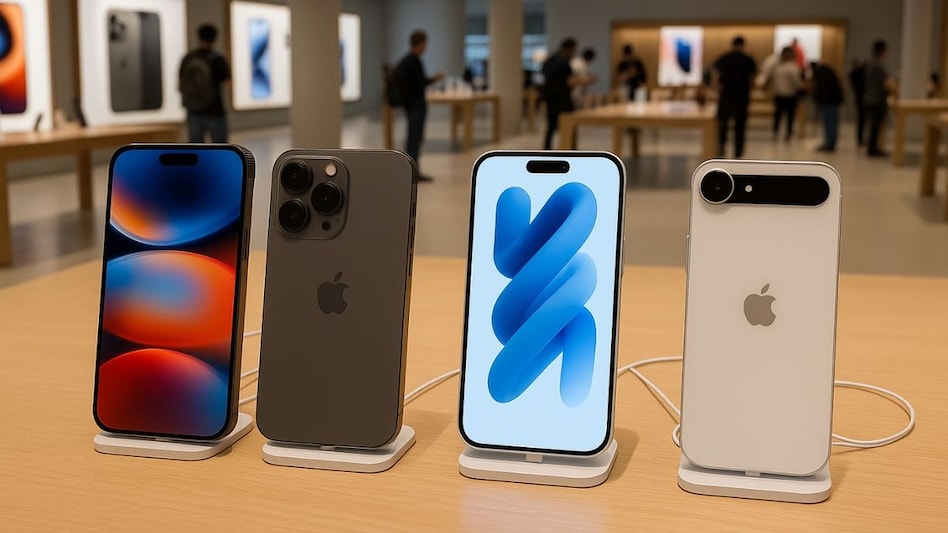
From chatbots to collaborators: How AI agents are reshaping enterprise work
Scott White is astounded by the rapid evolution of artificial intelligence from a mere novelty to an indispensable work partner. Just over a year ago, as the product lead for Claude AI at Anthropic, he observed early AI coding tools struggling to complete even a single line of code. Today, he finds himself developing production-ready software features, despite lacking formal programming training. During a recent discussion at VB Transform 2025, Venture Beat’s annual enterprise AI summit in San Francisco, White shared his insights, stating, "I no longer think about my job as writing a PRD and trying to convince someone to do something. The first thing I do is, can I build a workable prototype of this on our staging server and then share a demo of it actually working?" This sentiment highlights a seismic shift in how enterprises are leveraging AI, moving beyond simple chatbot functionalities to more sophisticated systems capable of autonomous operations. The pace of this transformation has been astonishing. When White joined Anthropic, the Claude 2 model was limited to basic text completion. The subsequent release of Claude 3.5 Sonnet enabled users to create entire applications with features like Artifacts, which facilitate custom interface generation. Now, with Claude 4 achieving a remarkable 72.5% score on the SWE-bench coding benchmark, it operates as what White refers to as “a fully remote agentic software engineer.” Claude Code, the latest coding tool from the company, can analyze complete codebases, search for API documentation online, issue pull requests, respond to code review comments, and iterate on solutions—all while working asynchronously for extended periods. Impressively, 90% of Claude Code was created by the AI itself. The ramifications of this technology extend well beyond software development. Novo Nordisk, a leading Danish pharmaceutical company, has incorporated Claude into their workflow, reducing the time it takes to complete clinical reports from ten weeks to just ten minutes. GitLab employs this technology for diverse tasks, ranging from crafting sales proposals to generating technical documentation. Intuit utilizes Claude to offer tax advice directly to its customers. White emphasizes a distinction between varying levels of AI integration: basic language models that respond to queries, models enhanced with web search capabilities, structured workflows that incorporate AI into business processes, and fully autonomous agents that can independently pursue objectives using multiple tools and iterative reasoning. He describes an agent as a system with a defined goal that can perform various tasks to achieve that goal. A significant advancement in this area is Anthropic’s Model Context Protocol (MCP), which White likens to “the USB-C for integrations.” This framework allows AI systems to access enterprise software like Salesforce and internal knowledge repositories in a standardized manner. "It’s really democratizing access to data," he noted, adding that integrations created by one company can be easily shared and utilized by others through this open-source protocol. For organizations considering the implementation of AI agents, White advises starting small and progressively building up. "Don’t try to build an entire agentic system from scratch. Build the component of it, ensure that component works, then develop the next component," he suggested. He also highlighted the necessity of evaluation systems to verify that AI agents perform as expected, stating, "Evals are the new PRD," which underscores the need for companies to devise new metrics for assessing AI performance on specific business tasks. Looking forward, White envisions a future where AI development becomes accessible to non-technical employees, akin to the advancements in coding. He imagines a scenario in which individuals manage not just one AI agent but entire teams of specialized AI systems. "How can everyone be their own mini CPO or CEO?" he pondered. While the specifics remain uncertain, this vision encapsulates the transformative journey that White and many in the industry are eager to explore. This evolution mirrors broader trends in the industry as businesses adapt to AI’s expanding capabilities. Initial adoption focused on experimental applications, but companies are increasingly embedding AI into their core operational processes—changing the very nature of how work is accomplished. As AI agents gain more autonomy, the challenge will shift from merely teaching machines to perform tasks to effectively managing AI collaborators capable of independent work for sustained periods. For White, this future is already unfolding, one innovative feature at a time.
Apple's Strategic Moves to Keep iPhone 17 Prices in Check Amid Tariff Challenges
As the iPhone 17 launch approaches, Apple is proactively addressing the financial pressures stemming from escalating int...
Business Today | Jul 22, 2025, 05:55
Mercedes-AMG Unveils Ambitious Plans for High-Performance Electric Vehicles
Mercedes-AMG is stepping into the future of electric performance with a bold vision for its next-generation high-perform...
Ars Technica | Jul 21, 2025, 22:10
Leadership Shift at NASA's Goddard Space Flight Center Amid Budget Cuts
In a significant transition for NASA, Makenzie Lystrup, the director of the Goddard Space Flight Center, is set to depar...
Ars Technica | Jul 21, 2025, 23:45
Lava Storm Play 5G: A No-Nonsense Budget Phone for Everyday Use
In a market flooded with similar budget smartphones, the Lava Storm Play 5G distinguishes itself with a focus on dependa...
Business Today | Jul 22, 2025, 03:40
Amazon India Breaks Sales Records This Prime Day with Unprecedented Growth in Smaller Cities
Amazon India's Prime Day event in 2025 has set new benchmarks, becoming the most successful Prime Day to date. The three...
Business Today | Jul 22, 2025, 03:50